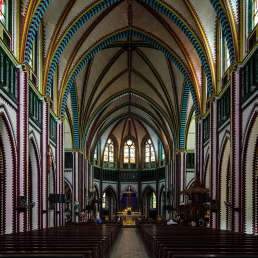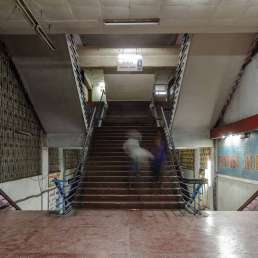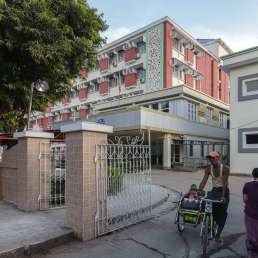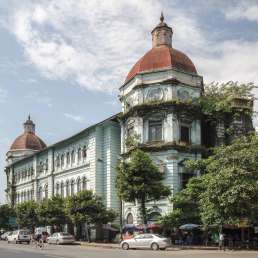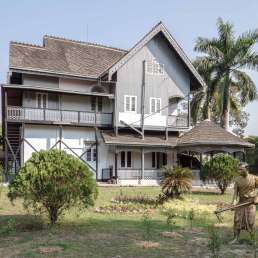Address: 92 Strand Road
Year built: 1901
Architect: John Darwood (architect), Catchatoor & Co. (contractors)
With its convenient location and glamorous pedigree, the Strand was the hotel of choice for affluent visitors to Rangoon in the early 20th century. Its owners, the Sarkies brothers, built and managed two hotels in Penang (in then Malaya, now Malaysia) as well as the iconic Raffles in Singapore. Expanding to Rangoon was a logical choice; the city was booming under British rule. The hotel faces what was then the fast-growing port, but a high wall across the street now hides the docks from view. Like the Balthazar family, the Sarkies traced their origins back to Isfahan, in Persia, where their ancestors were active traders on the Silk Road.
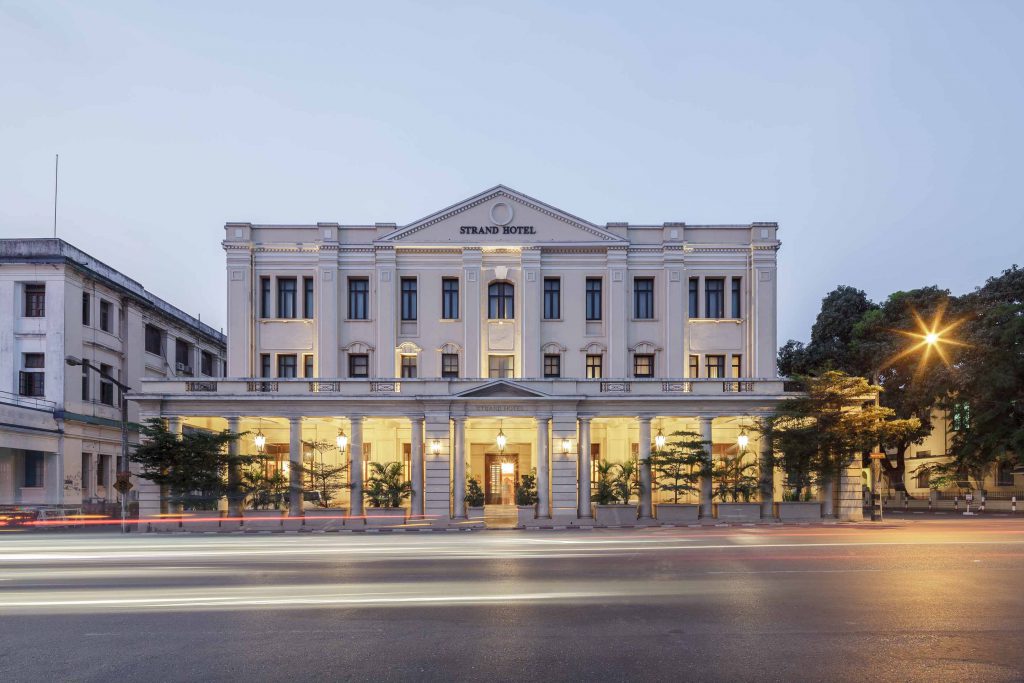
While the hotel retains its elegant aura today, its façade has long been stripped of the rich ornamentation seen in old archive photographs. Windows are combined and the grid structure has been broken up. The hotel’s moderate size—it only has three floors—underscores its exclusivity. The 31 rooms are simply but elegantly decorated with Burmese teak furniture. A butler, stationed on each of the two accommodation floors, is on standby at all hours of the day and night.
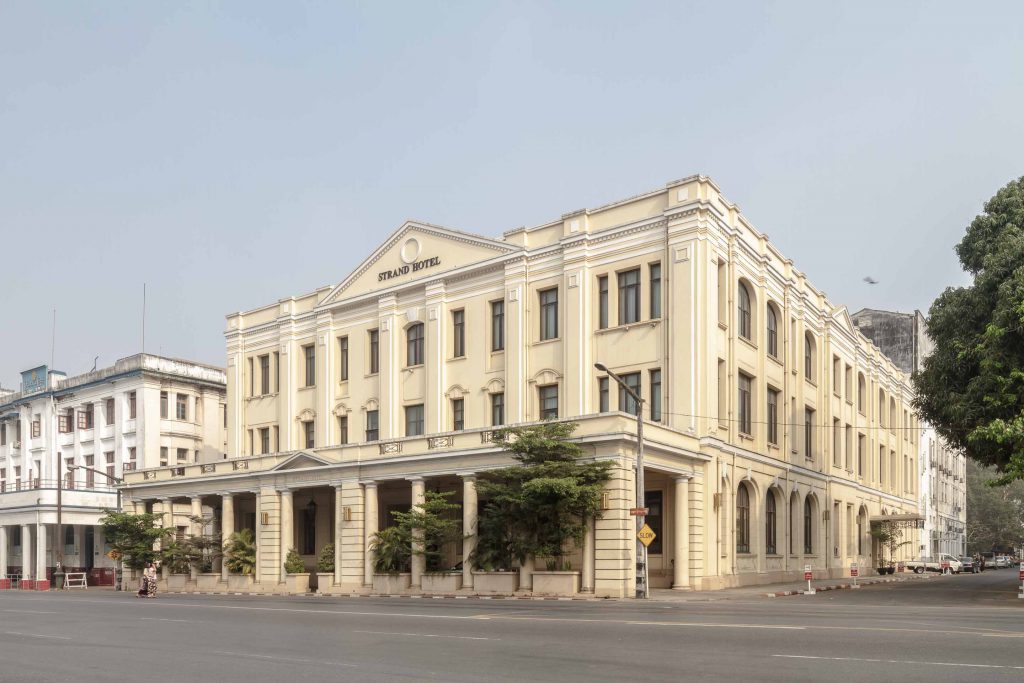
Outside the hotel, a large portico completely takes over the space where a sidewalk should be. Some pedestrians do pass through, but hotel staff seem to keep the passage relatively clear, save for taxis. Also an effort, perhaps, to preserve the hotel’s genteel atmosphere in an otherwise heaving city: the worsening traffic is leading to greater noise and exhaust pollution on its doorstep.
Inside, the hotel revolves around a large atrium. In the lobby, several hotel staff take turns playing a Burmese harp or a pattala (a xylophone-like instrument made of bamboo) when they are not needed elsewhere. The hotel restaurant is to the left of the main entrance: a light, airy space with large windows, mirrors, rattan furniture and white walls. (Archives show that the restaurant’s menu in 1932 was French, and written in French, serving the likes of roast lamb and buttered cauliflower. Not everyone’s choice in tropical weather …) The Strand Bar is on the right of the entrance, with its dark wood panelling, thick columns and heavy leather seats. It is a quiet venue save for Friday nights, when expats from across town hurl themselves at the cheap beer and cocktails for happy hour.
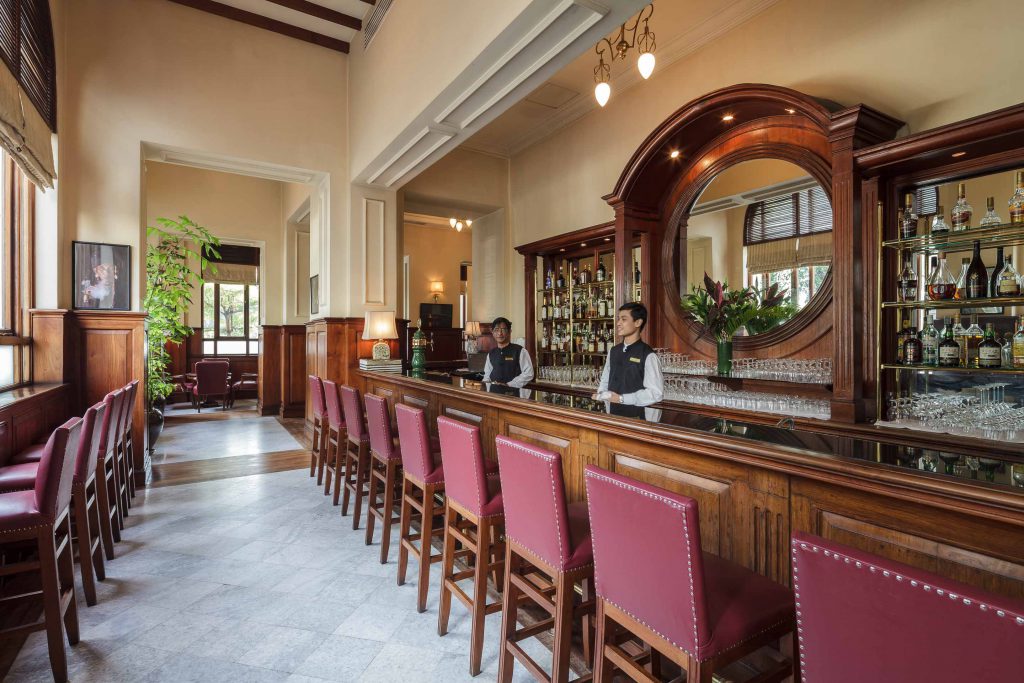
At the far end of the atrium is a large, sumptuous dining hall with a skylight. To its right, a hallway stretches along Seikkantha Street, containing a souvenir shop and hotel offices. Don’t miss the art gallery at the end of the hall, which features paintings from local artists. (If you are just strolling, you can exit the hotel from a side entrance in the hall and land on Seikkantha Street.)
Today the Strand has again become one of the best, if not the best, address to stay at in Myanmar’s former capital. Before a major refurbishment in the early 1990s however, the Strand was a shadow of its former self. In 1963, the hotel was nationalised and the property deteriorated as tourists to the country became rare.
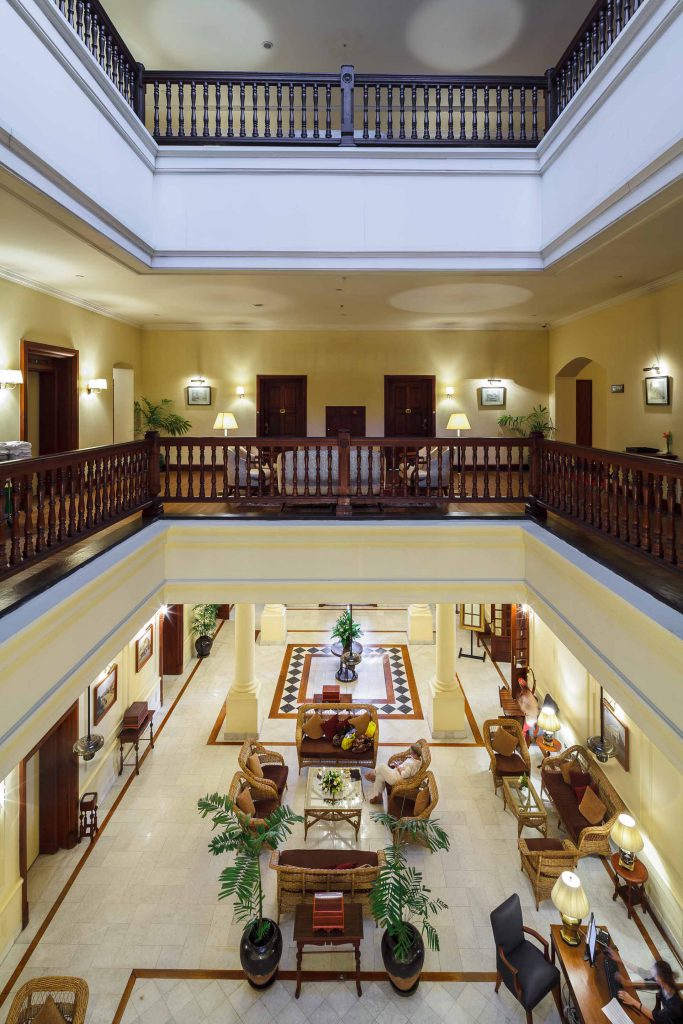
Tony Wheeler, the founder of the Lonely Planet guides, writes this mesmerising description in his first Southeast Asia edition, published in the late 1970s:
“Staying at the Strand is full of amusing little touches—beside the reception desk there is a glass-faced cabinet labelled ‘lost and found’. Most of the articles were clearly lost half a century ago, not many ladies carry delicate little folding fans around these days. The lift is ancient but smoothly operating. The waiters call everybody sir, male or female. Both the bar and the restaurant close at 9pm, but a small cache of Mandalay Beer from the People’s Brewery is kept behind the reception area if you wish to continue drinking. By 11pm you are likely to be feeling pretty lonely in the lounge area, just the occasional Strand rat scampering across the floor to keep you company. On the last day of one Burma visit, to my utter amazement hot water came from the shower when I turned on the tap.”
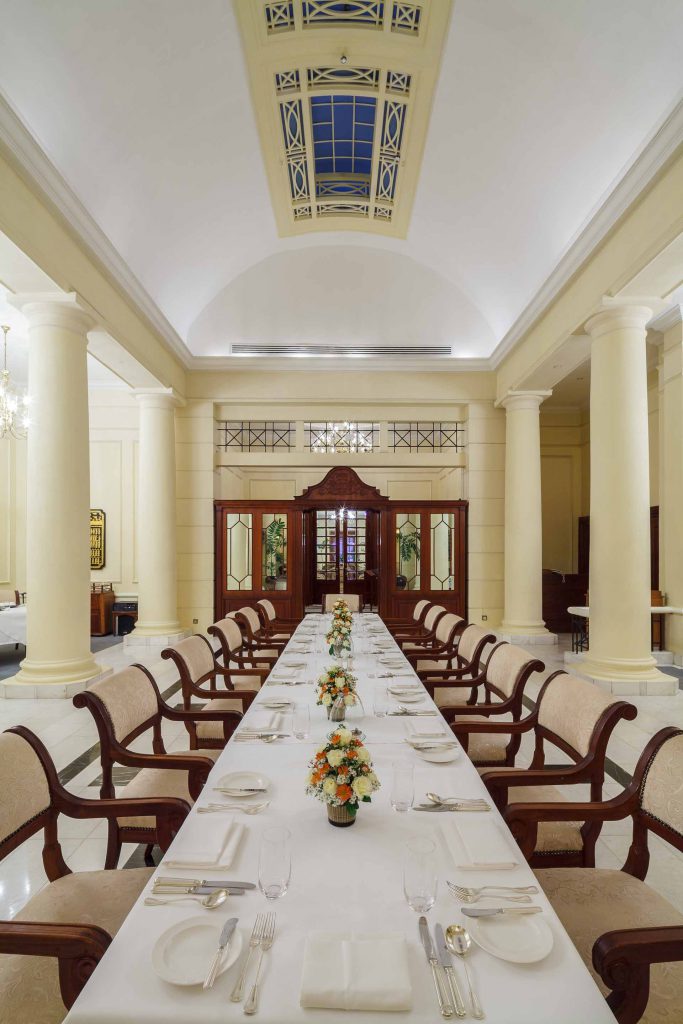
The authoritarian SLORC government naively wanted to attract tourists to Myanmar after the slump caused by the 1988 bloodshed. In 1989 a mere 2,850 visitors came to the country. (The number reached more than 3 million in 2014, following the country’s opening-up in 2011.) To prepare for international arrivals, the military junta approached legendary hotelier Adrian Zecha, founder of Aman Resorts, in 1990. Though Zecha was only interested in renovating the Strand, the junta insisted he refurbish the Inya Lake Hotel and the Thamada Hotel too. After more than USD 10 million worth of renovations, the hotel reopened in 1993. The entire wiring and plumbing was redone. Many walls and ceilings were partially replaced and strengthened. It is the best example of a successfully restored colonial-era property in Yangon.
The hotel also boasts a large “Strand Hall” on the opposite side of Seikkantha Street for functions and other events.
